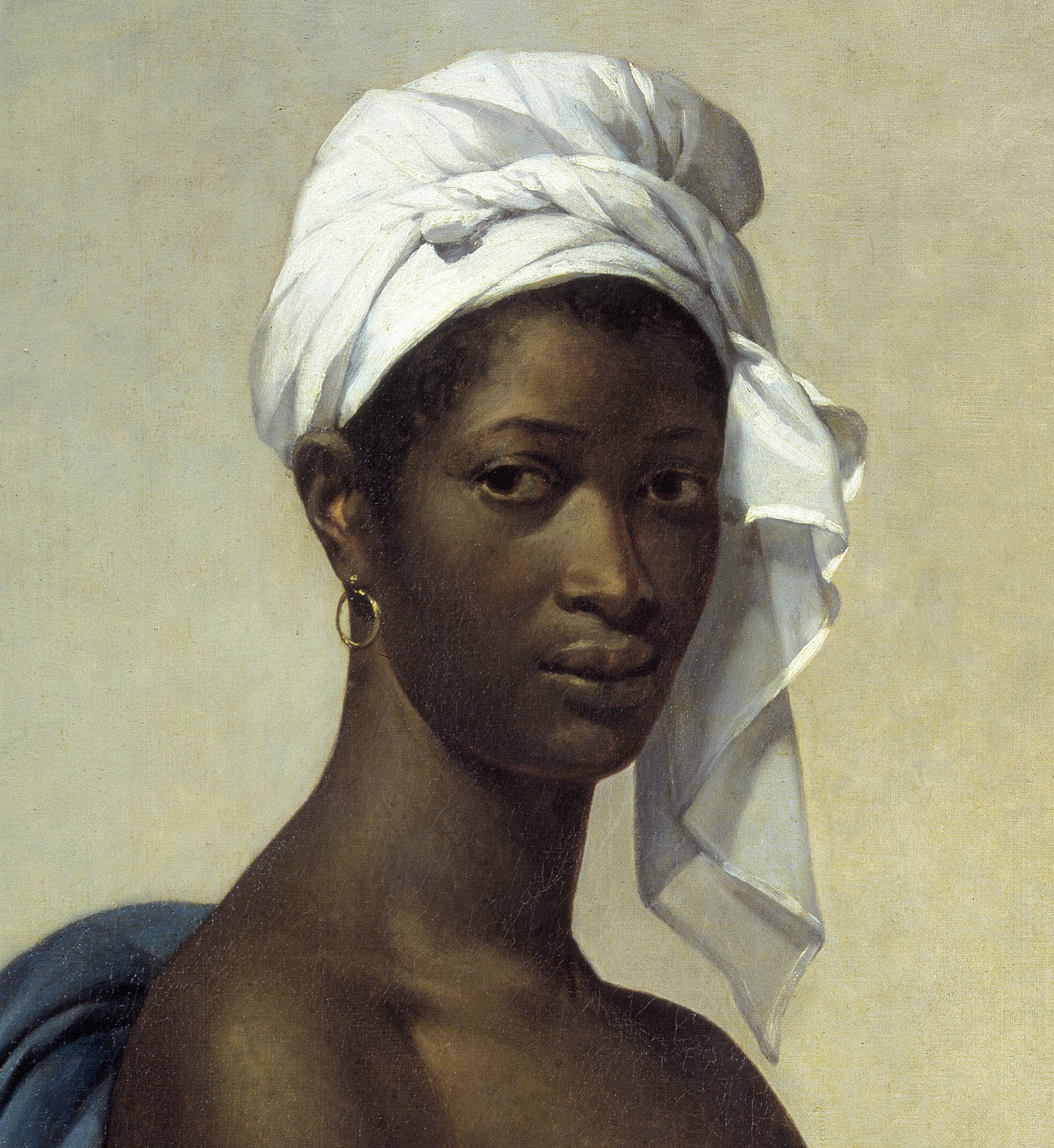The Advent Project: Week 2Näide

Dec. 9: You Are Altogether Beautiful

Portrait of Madeleine (detail), Marie-Guillemine Benoist, 1800. Oil on canvas, 81 x 65 cm. Louvre, Paris, France. Public domain.
“You Are So Beautiful to Me” from the album GEMS. Performed by Michael Bolton,composed by Billy Preston and Bruce Carleton Fisher.
Poetry:
“Sonnet 106: When in the Chronicle of Wasted Time”
by William Shakespeare
When in the chronicle of wasted time
I see descriptions of the fairest wights,
And beauty making beautiful old rhyme
In praise of ladies dead and lovely knights,
Then, in the blazon of sweet beauty's best,
Of hand, of foot, of lip, of eye, of brow,
I see their antique pen would have express'd
Even such a beauty as you master now.
So all their praises are but prophecies
Of this our time, all you prefiguring;
And, for they look'd but with divining eyes,
They had not skill enough your worth to sing:
For we, which now behold these present days,
Have eyes to wonder, but lack tongues to praise.
YOU ARE ALL TOGETHER BEAUTIFUL
The Portrait of Madeleine drew strong reactions in the year 1800, when Marie-Guillemine Benoist presented it to the public in the Salon of Paris. It is remarkable both for its artist and for its subject. Benoist broke with tradition as a French woman who formally studied art. A student of the famous artist Jacques-Louis David, Benoist was well-regarded until Napoleon’s defeat in 1814, after which she was forced to quit painting because of a conservative swing in French culture.
The Portrait of Madeleine shocked its audience in a second way by featuring a black subject—only the second portrait to have done so in France, and the first of a black woman. To effectively render black skin was considered especially difficult. Slavery had recently been outlawed in the French colonies, and Benoist’s portrait elevated black women. The full portrait depicts Madeleine with the gauzy white dress of the elite falling from her shoulders to expose her right breast. This exposure heightened the juxtaposition of worlds—the exploitation of the enslaved with the dignity of wealthy portraiture. Does the bare-breasted woman signify her former status as slave? Or does it anticipate the more famous painting by Delacroix of the bare-breasted Liberty Leading the People after the revolution of 1830? Either way, as a woman who had herself crossed conventional boundaries, Benoist understood the power of paradox and honored the dignity of her subject.
The Song of Songs invites us to consider how human desire obliterates conventional social boundaries. Madeleine is an ideal focal point for our reflections because the woman in the Song announces that her skin is “black and lovely” from laboring in the vineyard under the hot middle eastern sun (1:5-6, NRSV). If she had been wealthy, she could have shaded herself on the veranda while servants tended to the vines.
Her lover, who she describes as “fair” and “radiant,” reminds her of King Solomon. He consistently praises her beauty, her sun-kissed skin makes her all the more entrancing. Although he has far more sophisticated ways of saying it, he would be pleased to sing, “You are so beautiful to me.” He has eyes only for her. Her neck is like a strong tower, her mouth lovely, her breasts like fawns. Indeed, he insists, “there is no flaw in you” (4:7).
The language of love, expressed and re-expressed by lovers through the millennia, cannot be bound by walls with locked gates. The ardor of mutual desire grows stronger when thwarted. So, too, the long yearning for union with Christ, stretching across the centuries, challenged by trials, but nourished by glimpses of his presence. The biblical storyline repeatedly celebrates the undying love of our Savior for his church. We labor in the fields as we await his return. He sees us and pursues us as the one his soul loves. Until our final reunion we cherish every sighting of the one to whom all earthly and earthy loves ultimately point.
Prayer:
Almighty God, to you all hearts are open, all desires known, and from you no secrets are hid: Cleanse the thoughts of our hearts by the inspiration of your Holy Spirit that we may perfectly love you, and worthily magnify your holy Name; through Christ our Lord.
Amen
–––Book of Common Prayer [2019], 124
Dr. Carmen Joy Imes
Associate Professor of Old Testament
Talbot School of Theology
Biola University
For more information about the artwork, music, and poetry selected for this day, please visit our website via the link in our bio.
About this Plan

Biola University's Center for Christianity, Culture & the Arts is pleased to share the annual Advent Project, a daily devotional series celebrating the beauty and meaning of the Advent season through art, music, poetry, prayer, Scripture, and written devotions. The project starts on the first day of Advent and continues through Epiphany. Our goal is to help individuals quiet their hearts and enter into a daily routine of worship and reflection during this meaningful but often hectic season. Our prayer is that the project will help ground you in the unsurpassable beauty, mystery, and miracle of the Word made flesh.
More









